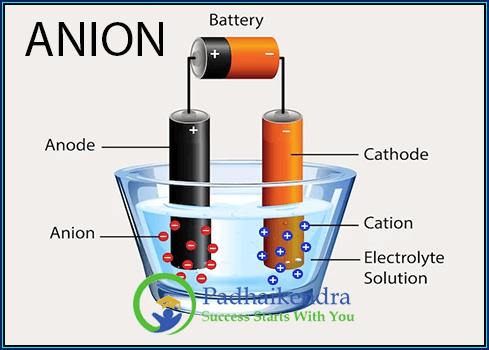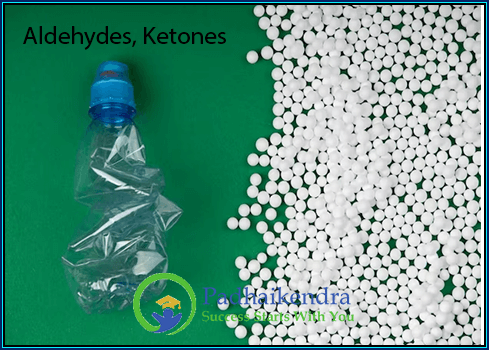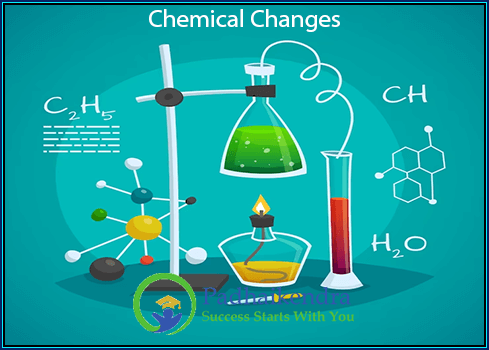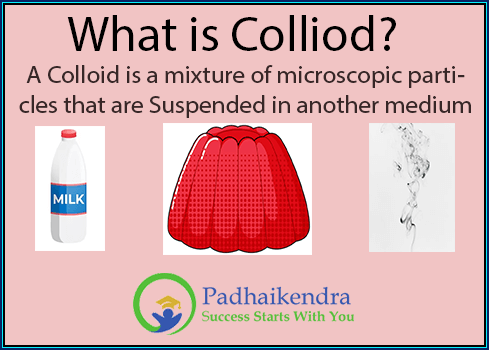Active absorption
Active absorption is a process by which plants take up water and nutrients from the soil. It is a type of active transport, which means that it requires energy from the plant. Active absorption is in contrast to Passive absorption, which is a process by which water and nutrients move into the plant by Diffusion. …










